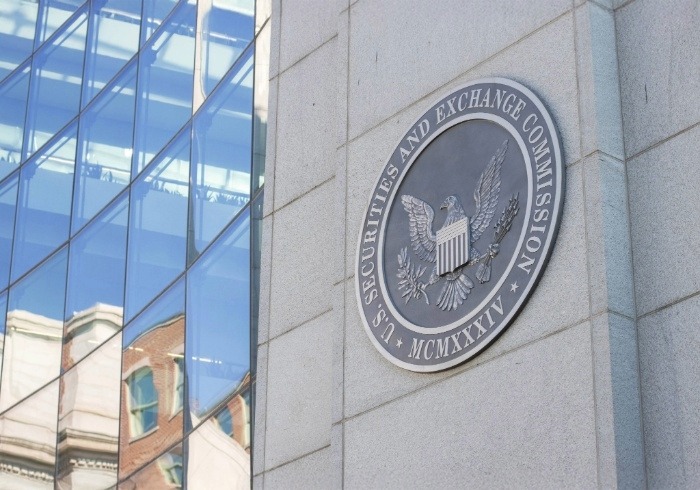As much as US$460bn of liquidity is trapped across the supply chains of the S&P 1500 companies, according to JP Morgan, which today launched the JP Morgan Working Capital Index to enable companies to benchmark their working capital performance against industry peers.
By analysing cash conversion cycles, or the number of days it takes to convert inventory purchases into cash flows from sales, the index found substantial cash held up between corporates and their suppliers. “If we dissect this trapped liquidity, the biggest opportunity to release liquidity lies in inventory management (53%), then receivables (28%) and the remaining in payables (19%),” Gourang Shah, the bank’s head of treasury services solutions, Asia Pacific, tells GTR.
As a general rule, the lower a company’s cash conversion cycle is, the better its working capital efficiency. Companies can improve their working capital by reducing inventory levels, which decreases days inventory outstanding; extending payment terms with suppliers, which increases days payable outstanding; or by speeding up collections from customers, which shortens days sales outstanding.
“By benchmarking themselves against peers, companies are able to ascertain whether there is excess liquidity trapped within their working capital cycle,” says Shah. “For example, if a firm discovers it’s taking longer than the industry average to collect payment, a treasurer can re-assess customer relationships for opportunities to improve its receivables, enhancing working capital efficiencies. By releasing the trapped liquidity, the treasurer will be able to fund new projects internally and reduce reliance on external sources of funding which will come with costs.”
Alongside the release of the index, JP Morgan has produced a report into working capital trends from 2011 to 2018, which shows inconsistencies in working capital efficiency across industries.
“The industries that have shown the most improvement in optimising working capital between 2011 and 2018 are utilities, consumer staples and logistics. Industries that have shown the most deterioration over the same period are aerospace and defence, semiconductors and media,” explains Shah.
Current uncertainties in the global economy and financial markets are putting unprecedented pressures on companies and their supply chains, while the impact of holding excess working capital could be amplified by increased interest rates on the horizon. From Brexit-related supply chain issues to a blowout in payment terms in China, companies around the world are becoming increasingly aware of the need to focus on maximising liquidity and free cash flow.
According to JP Morgan, corporates need to start looking in closer detail at operational efficiencies, such as using smart reconciliation engines, process automation, virtual accounts and moving from paper to electronic collections. Supply chain finance, too, can provide significant improvement to days payable outstanding without impacting trade terms or relations with existing suppliers.
“In conversations with our clients, it is clear CFOs and treasurers are increasingly committed to improving internal sources of liquidity, given the rapidly evolving environment in which they operate,” says Sridhar Kanthadai, head of wholesale payments, Asia Pacific at JP Morgan. “The JP Morgan Working Capital Index is designed to provide a credible benchmark for them to set specific and quantitative goals in their working capital strategy and execute accordingly.”








